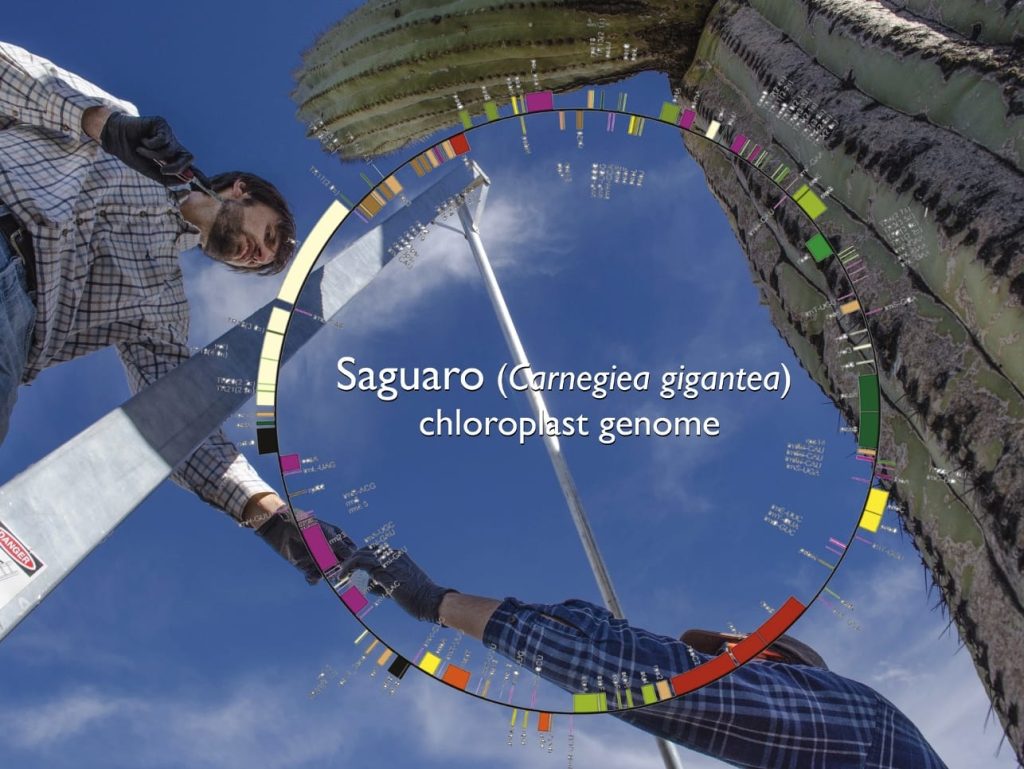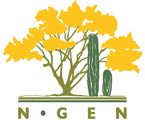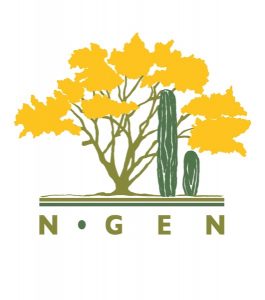
Title: Genetics & Genomics in the Sonoran Desert
Convener: Adrian Munguia-Vega
Participants: Ben Wilder, Mario Erandi Bonillas, Alejandra Marisela Gomez Valencia, Carolina Trujillo Lopez, Carolina Piña Paez, Evelyn Rios, Blanca Romero, Alfonso Medel, Enriquena Bustamante Ortega, Alberto Burquez, Lyn Loveless, Brigitte Marazzi, Pacifica Sommers
Discussion:
We started by briefly summarizing some of the next-generation DNA sequencing technologies as 454 pyrosequencing, Illumina and Ion Torrent, in terms of data output and cost. The participants to the session are currently addressing biogeographic and phylogeographic questions in the region related to past geographic distributions, morphological evolution, timing of native species invasion, species differentiation and identification, invasive species, disjunct distributions and the impacts of human activities on biodiversity. Many of the people are working with native plant species, but other micro (bacteria, fungus) and macro-organisms (vertebrates) were also represented.
First, we recognized that all of us are working in non-model organisms for which genetic and genomic resources are completely absent. Then, we discussed some examples on how new technologies might boost our research, including: 1) the fast, efficient and inexpensive way of isolating hundreds or thousands of microsatellite markers de-novo using 454 pyrosequencing, 2) new techniques such as RADSEQ, that combine the use of restriction enzymes and Illumina sequencing to quickly discover and genotype thousands of Single Nucleotide Polymorphisms (SNPs) distributed across the genome, 3) the use of 454 pyrosequencing to survey bacteria or invertebrate biodiversity in environmental samples (soil, water) at unprecedented resolutions by targeting ribosomal genes. We concluded that all of the new techniques require a basic laboratory at the beginning, that the expensive equipment required is available at the University of Arizona, and that some training in bioinformatics is needed for data processing.
We then talk about ways of collaborating and helping each other as a regional network. These included: 1) Keeping in contact, sharing expertise, literature and techniques on-line through the NextGen web site, 2) Sharing access to labs, techniques, equipment and training by rotating or visiting the labs in the network, 3) Joining efforts to elaborate group research proposals to try to answer similar questions of regional relevance across different species, or by choosing a few model species that can be studied in-depth from different perspectives.
One tangible outcome was the idea of organizing a one-week hands-on workshop in La Paz, Baja California Sur, during December 2012, where people from both sides of the border could get started on using next-generation techniques, from sample collection, laboratory and bioinformatics analyses, to testing particular hypothesis in population genetics and genomics in the Sonoran Desert. Several people were very enthusiastic of helping to organize, get funding and make happen such a workshop.


